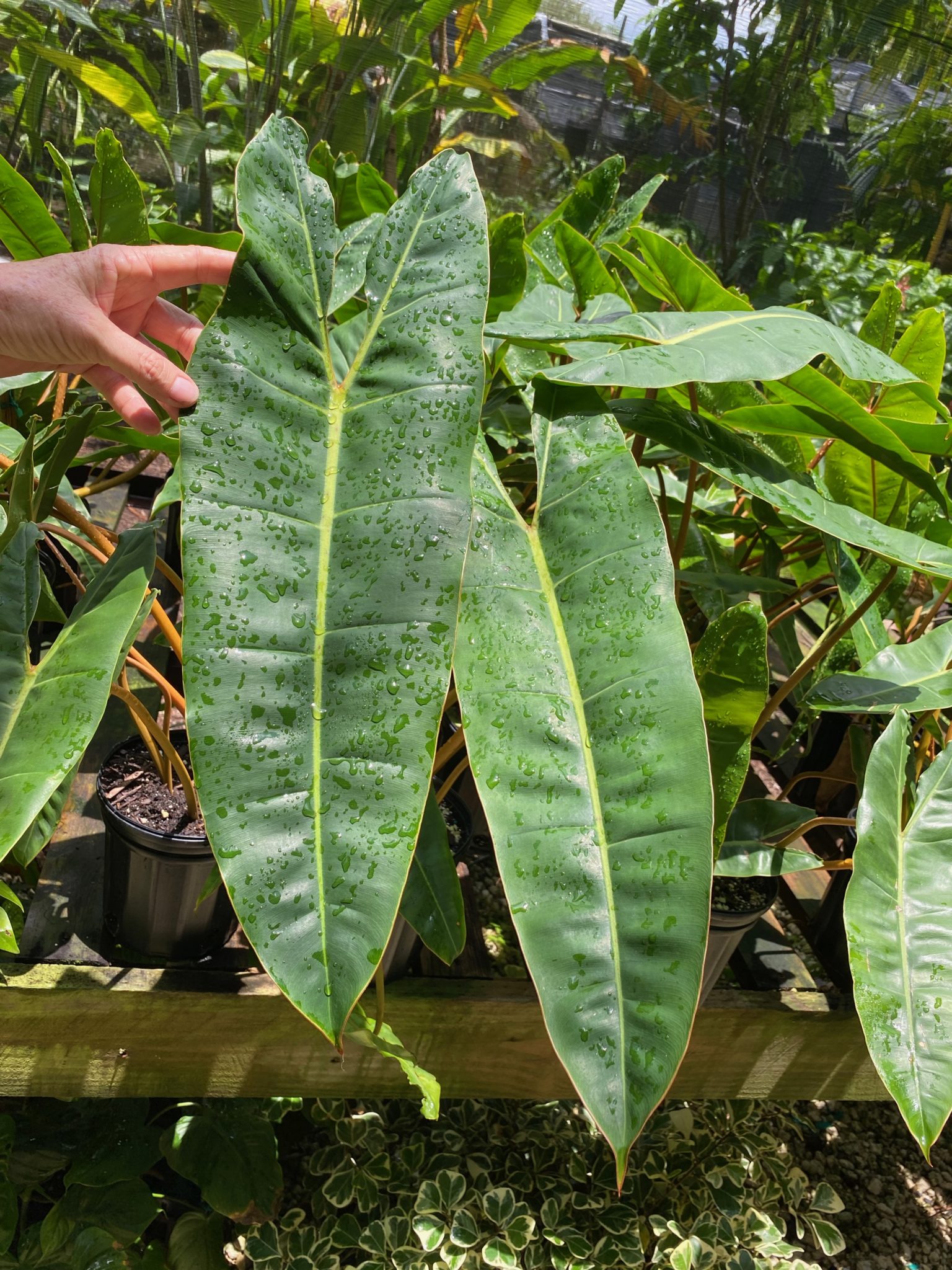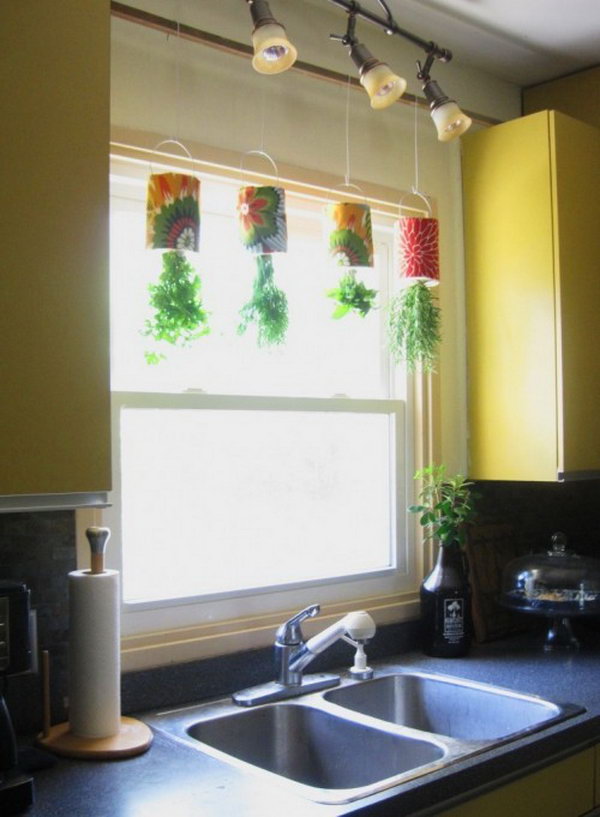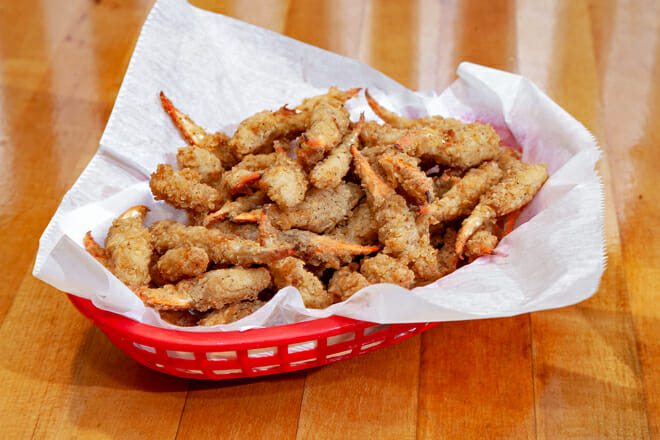Table of Content
This kills off any microorganisms, leaving the substrate safe to receive the mushroom mycelia. You may need to work in batches in order to sterilize all of the straw or sawdust. Choosing a type of mushroom to grow is a matter of taste. After a few days at this temperature, tiny mushrooms known as primordia will begin to sprout. The yield depends on the quality of the mycelium , which is evenly distributed over the entire surface of the nutrient substrate. It is a vegetative body of a fungus, it consists of thin knitting threads with a characteristic mushroom smell.
Enokis are available as spawn or as a mushroom kit, and come in the form of an inoculated sawdust block. They’re happiest in dry climates, and are a reliable, heavy-cropping mushroom. One kit can provide you with a monthly harvest of about 2lbs of mushrooms throughout the growing season.
Pleurotus rryingii (King Oyster)
But if you’ve never tried to grow psilocybin mushrooms before, you may be wondering what steps you need to take to ensure success. Also known as “Garden Giant” or “King Stropharia” this edible mushroom is popular with no-till gardeners. You can spread wine cap spawn in the spring months over mulched areas, such as around shrubs and trees. This allows for continuous harvesting throughout the summer months. Growing mushrooms on mulch between other plants and crops can also help to increase yields. Consequently, the wine cap mushroom is considered to be a great intercrop and companion plant.
The diagnosis of the mushroom, which allowed for immediate symptoms regression and discharge from the hospital four days after consumption, was made more quickly. A 44-year-old man was admitted to the hospital with malaise, nausea, and altered consciousness. He had consumed half a kilo of mushrooms that he had collected on his own.
Step 3: Colonization
With these controlled growing conditions, the spawn will produce a thread-like network known as mycelium throughout the compost that emerges from the spawn grain. The mycelium from different grains will eventually begin to merge and make a spawned bed. Compost provides nutrients needed for mushrooms to grow. Thus, it is essential to get this step right if you plan to build a healthy mushroom garden. Drill holes along the length of the log, 15cm apart and in rows 8cm apart.
We saw more definite fruiting and lots of very small mushrooms with both closed and opened caps. At this time, we also changed the temperature of the room from 72°F to 74°F for the fruiting process. Mycelium is essentially the vegetative “body” for fungi that produce mushrooms. It looks like a “white web” and helps with the absorption of nutrients and food from the host environment. Since we had two grow bags, we used 5cc of live cultures in each one.
Stage 1 – Choosing Mushroom Source
These processes take place at different temperatures. Amanita muscaria, a popular mushroom, contains ibotenic acid, which is an active component of many other mushrooms. Its range is widely dispersed, though it is found in temperate regions such as North America and Eurasia. The plants can be purchased from a nursery or garden center. You do not have to be a genius to grow an amanita if you have the right climate and soil.

Choose a heating pad that has precise temperature controls and place it under the tray. Using a soil thermometer, make sure that the temperature of the soil never rises above 70 degrees because higher temperatures can kill the spores. It is evenly scattered on the surface of the substrate and the same layer 4-5 cm thick is poured on top.
Taking Shrooms For The First Time: How To Guide
An incision is made on the side of the bag along the entire length, into which the mycelium is laid. It is important to keep the temperature under control. During germination, it should be degrees, then it is lowered to degrees. The nutrient medium for planting myceliums may well look like ordinary sawdust, shavings, finely chopped straw or corn stumps. Amanita muscaria, which is one of the world’s most beautiful and remarkable mushrooms, is thought to be native to Japan. The product is sold in a red or orange cap with small white plaques, and its unusual appearance makes it extremely rare for an accidental or severe intoxication.
In about three weeks, you should see small mushrooms appearing. You can pluck the mushrooms out with your fingers or use a sharp knife to cut the mushrooms at the base of the stem. After about two to four weeks, the mycelium should be ready to fruit. Tent plastic over the medium to preserve moisture but allow the fungi to form.
When given the right conditions and healthy substrate, pearl oysters take 2 to 3 weeks of time from inoculation to fruiting. The three easiest ways to grow mushrooms inside without using an out-of-the-box kit involve plastic trash bags, a plastic container, or a laundry basket. You need a container of some sort that is extremely clean.

Lycoperdonosis is a respiratory disease caused by the inhalation of large amounts of spores from mature puffballs. It is classified as a hypersensitivity pneumonitis —an inflammation of the alveoli within the lung caused by hypersensitivity to inhaled natural dusts. Both cats and dogs will not generally be interested in your new little farm.
Open your jars and remove the dry vermiculite layer from each, taking care not to damage your substrates, or “cakes,” in the process. After three to four weeks, if all goes well, you should have at least six successfully colonized jars. Leave for another seven days to allow the mycelium to strengthen its hold on the substrate. Use a heating pad ($30, Target) to raise the soil temperature to around 70°F for about three weeks or until you see the mycelium . In three to four weeks, you should see small mushrooms appear.


